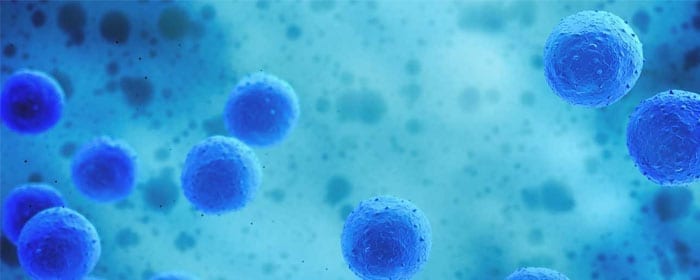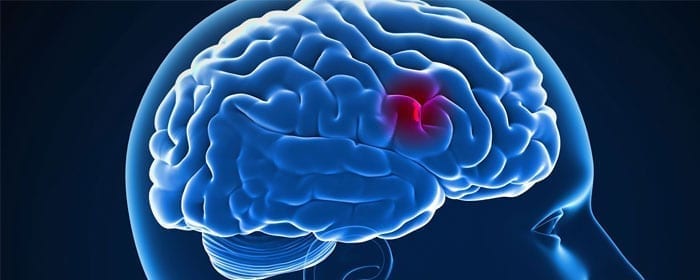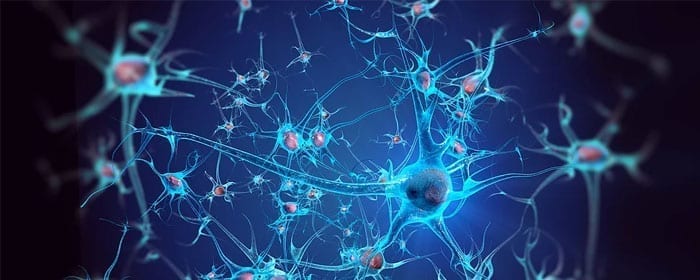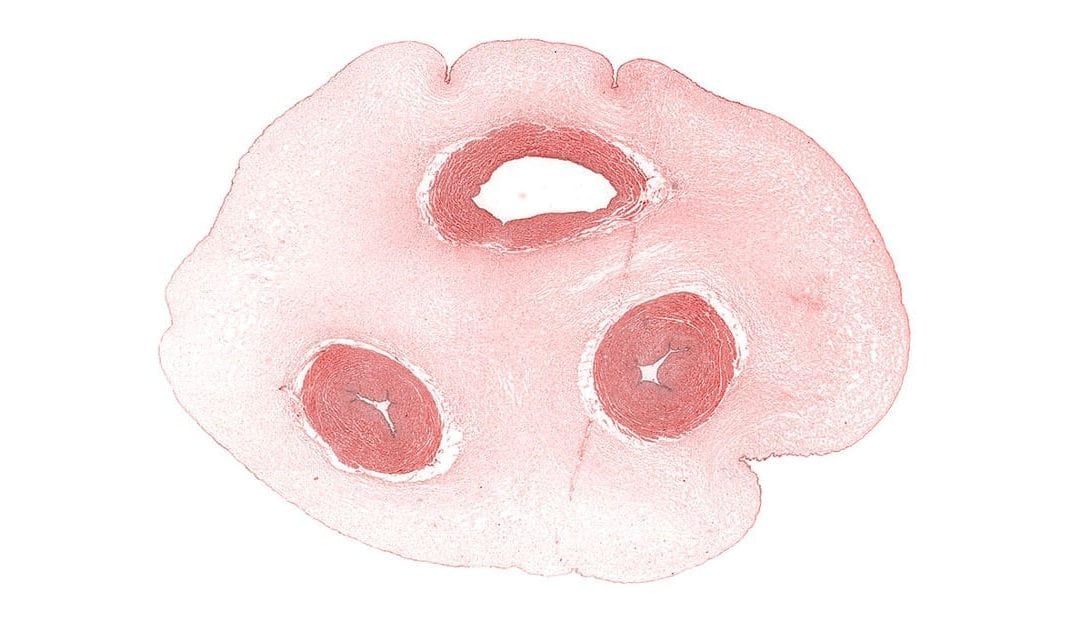
by admin | Feb 15, 2018 | Stem Cell Research
Mesenchymal stem cells have proved to be one of the most promising stem cell types for regenerative medicine. A recent review has compiled information from studies looking specifically at how these stem cells can be used for regenerative cell therapies.
According to the authors of this review, as part of the effort to characterize mesenchymal stem cell safety and efficacy, 657 clinical trials have been initiated using this type of stem cell. The promise of these cells has led them to be used in clinical trials that aim to regenerate bone and cartilage and to treat diseases such as multiple sclerosis, Crohn’s disease, and graft-versus-host-disease.
Their utility in this spectrum of diseases demonstrates the broad potential for mesenchymal stem cells to differentiate into different types of tissue. They have become known for their ability to differentiate into bone cells. However, these cells can also wrap around blood vessels thereby stabilizing the vessels and supporting their structure. They have been shown to integrate into the outer walls of arteries and microvessels in several organs.
In addition to their differentiation potential, mesenchymal stem cells from adults also have a good proliferation rate, which is beneficial for tissue regeneration. However, the specific regenerative potential appears to depend on the specific type of tissue from which the stem cells are derived, making some stem cells more useful than others for regeneration.
Other major features of mesenchymal stem cells that make them a promising option for regenerative medicine are their ability to modulate the immune system and their anti-inflammatory characteristics. These properties allow mesenchymal stem cells to improve the treatment of autoimmune diseases that are often characterized by adverse immune reactions, including inflammation.
A newer line of research involving mesenchymal stem cells involves their potential therapeutic application for diabetes. The hope is that the beta cells that are damaged within the pancreas in diabetes could be repaired with mesenchymal stem cells. Future research will help determine the extent to which mesenchymal stem cells can be used for regenerative medicine and will help to optimize the specific treatments that employ these cells.

by admin | Feb 14, 2018 | Stem Cell Research
Only a fraction of patients who suffer from ischemic stroke benefit from the currently available therapies. Given the promise of stem cells in therapies developed for brain injury, much research has recently focused on how these cells may be used to treat stroke victims. A recent review published in the Journal of Cerebral Blood Flow and Metabolism provides a comprehensive explanation for why mesenchymal stem cells are likely advantageous for stroke recovery. The authors’ rationale includes data demonstrating the utility of mesenchymal stem cells as a therapy for other diseases, as well as preclinical data on the impact of these cells following stroke.
Mesenchymal stem cells have been transplanted into patients since 1995 and gained popularity in research and clinical communities because of their safety profile. In a number of clinical trials, addressing different diseases, the use of these stem cells led to few adverse side effects. Over the past 20 years, evidence on the safety of these cells has continued to accumulate, while new evidence has emerged to show how effective these cells can be in treating different types of injury and disease. One particularly exciting feature of these cells is their modulatory effect on the immune system, which can prevent life-threatening immune reactions to things like bone marrow transplants.
When it comes to treating stroke specifically, this modulation of the immune system may be one way that stem cells help with recovery. Other mechanisms that could help with tissue repair following stroke include these stem cells’ ability to differentiate into a number of different cell types, to generate new brain cells and blood vessels, and to promote the secretion of chemicals that are important for the growth and protection of cells. Additionally, mesenchymal stem cells may be able to be selectively targeted to whatever area of the brain is injured.
For stroke, most of the mesenchymal stem cells that have been used for transplantation have been bone marrow-derived mesenchymal stem cells, but stem cells from adipose tissue and the umbilical cord have also been used. According to the authors of this review, there is significant evidence to suggest that mesenchymal stem cells could help stroke patients with their recovery.

by admin | Jan 31, 2018 | Stem Cell Research
There is currently no highly effective treatment option for bone regeneration, so finding a way to regenerate bone has become a major focus in the field of tissue engineering. A recent study aimed to determine which of three different types of mesenchymal stem cells has the most promise for helping to regenerate bone in those who suffer from bone diseases like osteoporosis, caner, and Paget’s disease. The three types of mesenchymal stem cells that were investigated were bone marrow mesenchymal stem cells, Wharton’s jelly mesenchymal stem cells, and adipose mesenchymal stem cells.
The researchers found that all mesenchymal cell types regenerated bone. The lamellar bone defect sites they observed were filled in with fully mature bone several weeks after stem cell transplantation. Bone regeneration was time-dependent, with more bone growth observed the more time that went by after transplantation over the 12-week observation period. Transplantation of each cell type was also associated with an increase in inflammatory cells right after transplantation but no more inflammation after 4 weeks.
Overall, the bone marrow mesenchymal stem cells appeared to be best for regenerating bone, and the adipose mesenchymal stem cells appeared least promising. This stem cell type led to bone mineralization and to thicker connective tissue than the other two mesenchymal stem cell types. Umbilical cord mesenchymal stem cells and adipose mesenchymal stem cells led to similar connective tissue thickness.
Umbilical cord mesenchymal stem cells were better than the other two types of mesenchymal stem cells in one respect – they were better for the formation of new blood vessels. Blood vessel formation is critical during the regeneration of tissue because these vessels enable the transportation of both nutrients and waste.
These results help to clarify the relative advantages of different types of mesenchymal stem cells in bone regeneration. Given that both bone marrow mesenchymal stem cells and umbilical cord mesenchymal stem cells provided specific and unique benefits, future research may explore how to combine the use of these stem cell types in developing treatments for bone diseases.

by admin | Jan 30, 2018 | COPD, Stem Cell Research
A recent review published in the International Journal of Molecular Sciences covers evidence demonstrating that Wharton’s jelly mesenchymal stem cells show promise for treating chronic obstructive pulmonary disease (COPD). After analyzing the literature on how stem cells may be applied in COPD treatment, the authors suggest that chronic immune-inflammatory processes are a critical component of COPD that these stem cells may be able to combat.
According to the authors of the study, several characteristics of Wharton’s jelly mesenchymal stem cells make them well suited to therapies against COPD and other immune-inflammatory diseases. These characteristics include their accessibility, their ability to expand and differentiate, and their tendency to avoid the immune reactions that often occur with other types of stem cells. These cells can come from several types of tissue, including adipose tissue, the umbilical cord, and bone marrow, and can differentiate into many different cell types.
Given the inflammatory nature of COPD, the ability of Wharton’s jelly mesenchymal stem cells to avoid serious immune reactions upon implantation may be one of the most important features of these cells. Youthful forms of these stem cells appear particularly promising, as they are agile and even less likely to cause problematic immune reactions. Intuitively, youthful stem cells are healthier in many ways because they have not undergone the biological damage that occurs with aging.
In addition to their relatively low likelihood of causing immune reactions, mesenchymal stem cells have also been shown to relieve inflammation in the airway in some studies. They have done so by producing mucus that can help minimize inflammation, by killing off cells involved in inflammation, by inhibiting the formation of problematic fibrous connective tissue, and by promoting the formation of new blood vessels.
As the reviewers note, the positive results of preclinical investigations justified the initiation of clinical trials using mesenchymal stem cells in COPD. As such, there are currently Phase I and Phase II trials underway and some that have already been completed. One completed study demonstrated the safety of using these stem cells, as no patients experienced serious adverse side effects after stem cell transplantation. The study also showed that the stem cells were associated with a reduction in an inflammatory marker, suggesting that the stem cells may, in fact, help to reduce inflammation in these patients.
Another study also demonstrated safety. It also showed functional improvement in COPD patients. These patients performed better on the breathing spirometry test after stem cell transplantation. This change in performance suggests that the pathological degeneration occurring in the lungs of those with COPD was slowed with the implantation of stem cells. These patients also experienced improved quality of life after the stem cell transplantation.

by admin | Jan 11, 2018 | ALS, Stem Cell Research
Amyotrophic lateral sclerosis, known as ALS, is only partially understood, and there is no effective prevention or treatment of the disease. Those who are diagnosed with ALS, therefore, have few options for slowing its progression. The disease attacks cells of the nervous system called motor neurons. Thus, while one option for approaching ALS is to prevent the attack of motor neurons, another approach is to find a way to protect those cells of the nervous system.
Small proteins called neurotrophic factors have previously been shown to help motor neurons grow and survive longer. However, when scientists have tried to apply these neurotrophic factors in ALS patients, they have not made a difference in disease progression. Because stem cells offer a way to replace damaged cells, they are studied as potential candidates for therapeutic interventions in neurodegenerative diseases, such as ALS.
In this study, scientists combined stem cells and neurotrophic factors by inducing mesenchymal stem cells to secrete neurotrophic factors. Their main objective was to determine if injecting this type of stem cell into ALS patients is safe. They also aimed to determine if such cells may be clinically helpful for this group of patients.
The scientists gave 6 patients each the stem cells through two different types of injections. They then gave 14 patients a combination of the two types of injections. All patients were between the ages of 20 and 75 and were in the early stages of ALS. The patients were observed for 6 months following their injections. Any side effects that occurred as a result of the stem cell injections were mild or transient, so each of the techniques for administering the stem cells to ALS patients was deemed safe.
The researchers also used a test called the ALS-Functional Rating Scale-Revised to evaluate the clinical impact of the stem cell treatment on ALS patients. They found that 13 of the patients (or 87%) improved in their performance on the test, suggesting that the stem cells may have improved ALS symptoms. Further research will need to be conducted to determine if these mesenchymal stem cells that secrete neurotrophic factors can indeed help ALS patients – and if so, how they can best be used to combat the disease.

by admin | Jan 9, 2018 | Stem Cell Research
Wharton’s jelly is a rich source of stem cells, but some researchers believe its value is sometimes unappreciated. A recent review published in Stem Cells Translational Medicine synthesized an abundance of information on what is known about Wharton’s jelly. Because scientists often use inconsistent language to discuss observations and research results pertaining to Wharton’s jelly, the authors also proposed a nomenclature to help improve transparency related to methods and findings that involve Wharton’s jelly.
According to the authors, there are a number of advantages of stem cells that come from Wharton’s jelly that are making it a popular source of these cells. One critical benefit is the noninvasive nature of the stem cell collection. Because Wharton’s jelly is collected from tissue that would otherwise be discarded after the delivery of a baby, collecting the stem cells does not require its own invasive procedure.
Another apparent benefit of Wharton’s jelly is its therapeutic efficacy. Because basic science studies have demonstrated the potential for Wharton’s jelly-derived mesenchymal stromal cells to outperform other stem cell types in their ability to treat disease, these cells are now being tested in a number of clinical trials.
For progress to be made with Wharton’s jelly-derived stem cells, it is important that researchers have a common language with which to talk about the human umbilical cord, which is the source of these cells. While this connective tissue is simpler than other types of connective tissue, it is still unclear how to differentiate the different types of cells that come from Wharton’s jelly. More precise language and definitions should help overcome this problem.







 St. Petersburg, Florida
St. Petersburg, Florida
